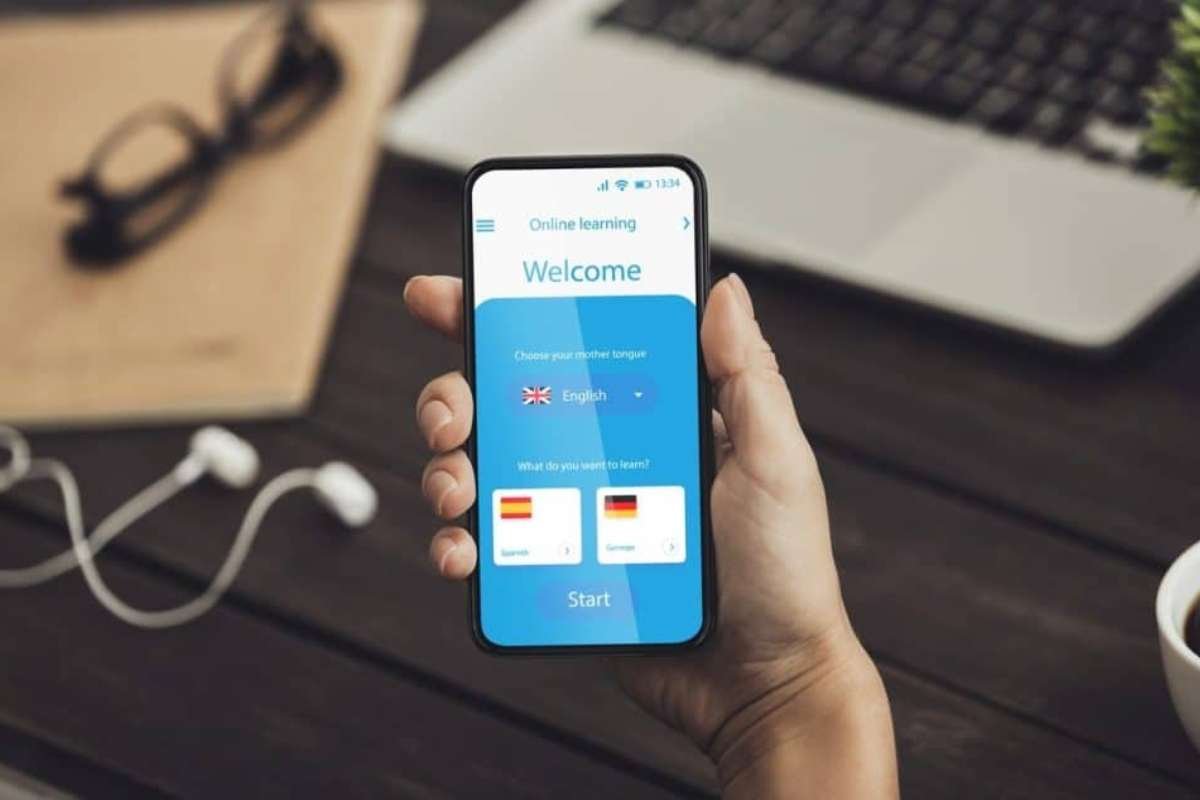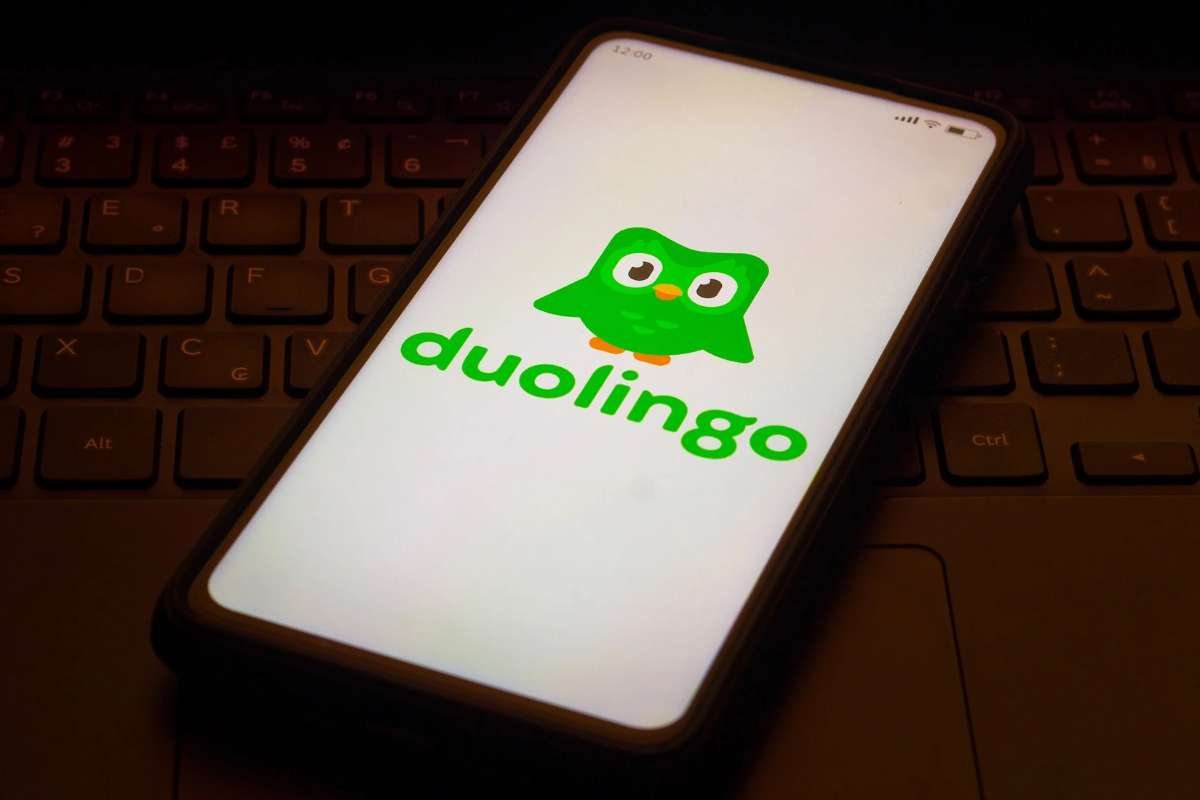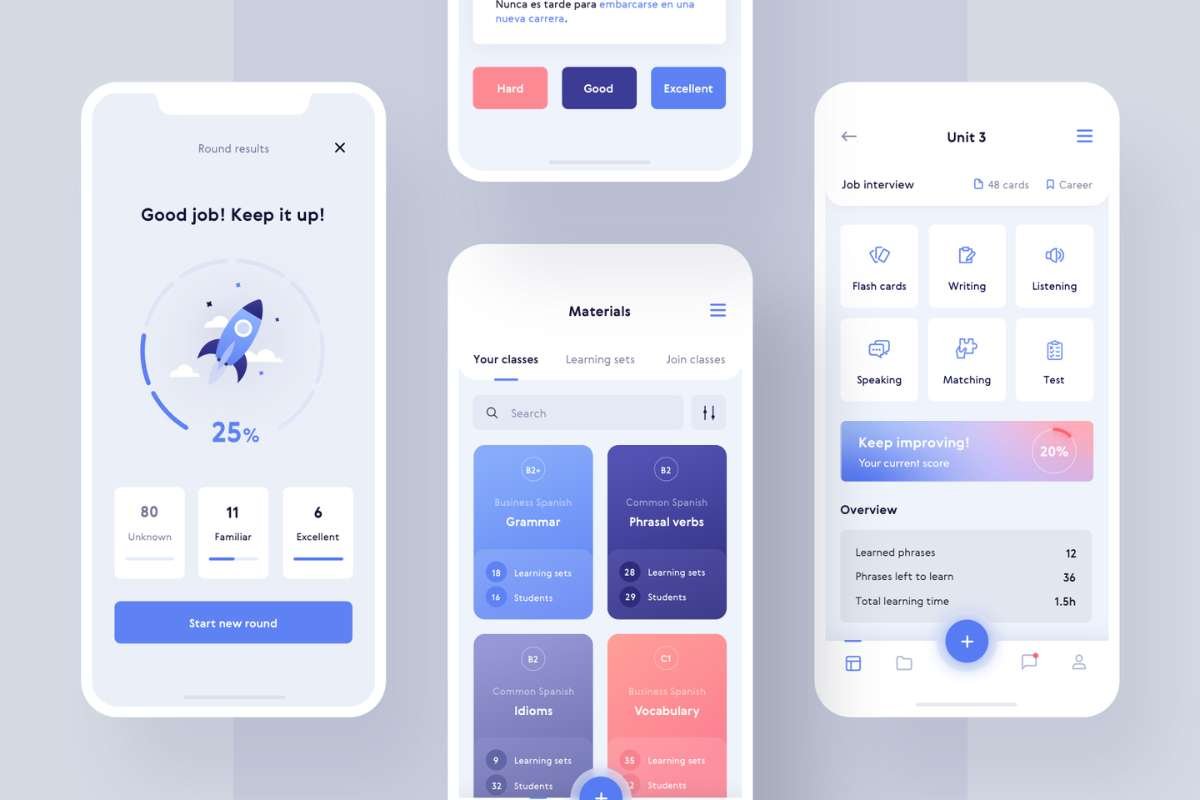
Source: sanako.com
The development and improvement in technology is increasing day by day. Every sector is tasting this progress, education is also from those. Education apps are a digital invention for the benefit of students, teachers, and professionals to gain knowledge and skill enhancement. Education apps on tools like smartphones and tablets are easily accessible. It is a way to make education easier and interesting.
Why Education Apps Are Gaining Popularity?
The increasing reliance on mobile devices has led to a surge in the development and usage of education apps worldwide. These applications cater to different learning styles and offer a variety of benefits, including:
- Flexibility and Convenience: Learners can access study materials anytime, anywhere, eliminating geographical barriers.
- Interactive Learning: Gamification, quizzes, and multimedia content make learning engaging and effective.
- Personalized Experience: AI-driven apps tailor lessons according to the learner’s pace and needs.
- Cost-Effectiveness: Many apps offer free or affordable learning resources, reducing the cost of traditional education.
- Instant Feedback and Progress Tracking: Real-time analytics help learners and educators monitor progress and improve performance.
Also read: Special Education Practices: An Overview of the Indian Education System
Types of Education Apps
There are various categories of education apps, each catering to different learning needs. Some of the most popular types include:
1. Language Learning Apps

Source – pcmag.com
Language learning has become more accessible thanks to apps like Duolingo, Babbel, and Rosetta Stone. These apps offer interactive lessons, pronunciation practice, and gamified experiences to help users master new languages efficiently.
2. E-Learning Platforms and Course Apps
Platforms like Coursera, Udemy, and Khan Academy provide online courses across diverse subjects, ranging from business and technology to arts and humanities. These apps enable users to learn at their own pace, often with certifications upon completion.
3. Exam Preparation Apps
For students preparing for competitive exams like the SAT, GRE, GMAT, or JEE, apps such as BYJU’s, Unacademy, and Magoosh offer curated content, mock tests, and live tutoring sessions.
4. Kids’ Learning Apps
Educational apps for children, such as ABCmouse, Epic!, and Prodigy, provide interactive and engaging lessons that make learning fun. These apps focus on foundational subjects like math, reading, and science through storytelling and games.
5. Skill Development and Coding Apps
With the growing demand for coding skills, platforms like Codecademy, Udacity, and SoloLearn help users learn programming languages such as Python, JavaScript, and HTML. These apps provide hands-on coding exercises and real-world projects.
6. Virtual Classroom and Collaboration Apps
Apps like Google Classroom, Microsoft Teams, and Zoom facilitate online learning by connecting students and teachers through video lectures, assignments, and discussions.
Key Features of a High-Quality Education App
To ensure an effective learning experience, an app should incorporate the following features:
1. User-Friendly Interface

Source – design4users.com
An intuitive and easy-to-navigate design enhances the user experience and makes learning more enjoyable.
2. Offline Access
Many learners may not have constant Internet access. Offline mode ensures they can continue studying without interruptions.
3. Gamification and Interactive Elements
Features like quizzes, badges, leaderboards, and rewards help motivate users and make learning more engaging.
4. Personalization and AI Integration
Artificial Intelligence can analyze a learner’s progress and recommend customized lessons to improve retention and performance.
5. Multi-Device Compatibility
A good education app should be accessible on multiple devices, including smartphones, tablets, and desktops.
6. Real-Time Analytics and Feedback
Tracking progress and receiving instant feedback helps learners stay motivated and focused on their goals.
How These Apps Are Changing Traditional Learning?
1. Remote Learning and Accessibility
Education is no longer confined to physical classrooms. With online learning platforms, students from rural areas or those with mobility issues can access high-quality education from anywhere in the world.
2. Self-Paced Learning
Unlike traditional methods, where learners must follow a set curriculum timeline, apps allow users to study at their own pace and revisit topics as needed.
3. Cost Reduction
Many education apps offer free courses or affordable subscription models, making quality education accessible to more people.
4. Encouraging Lifelong Learning
Professionals looking to upskill can easily enroll in courses and acquire new competencies without having to enroll in formal institutions.
Challenges of Education Apps
Despite their benefits, these apps face several challenges:
- Digital Divide: Not everyone has access to smartphones or stable internet connections.
- Lack of Personal Interaction: Online learning lacks the face-to-face engagement of traditional classrooms.
- Distractions and Screen Time: Students may find it difficult to stay focused due to social media and other online distractions.
- Quality Control: Not all apps provide credible or accurate information, which can mislead learners.
The Future of Education Apps

Source – swisscognitive.ch
As technology evolves, the apps are expected to become even more advanced. Some future trends include:
- AI-powered tutors: Virtual tutors will provide real-time assistance and personalized learning paths.
- Augmented and Virtual Reality (AR/VR): Interactive 3D simulations will make complex subjects easier to understand.
- Blockchain for Certification: Blockchain technology will ensure secure and verifiable digital certificates.
- More Inclusive Learning: Apps will integrate features for differently-abled learners, making education truly universal.
Conclusion
Modern learning becomes more advanced and impactful through education apps. These digital tools make education more convenient, affordable, and accessible for teachers, students, and professionals. The role of education apps is to provide knowledge and skills to people in a very easy way. With further technology improvements, there is a high chance of a brighter future in the field of education and learning as well as innovation.
Comments on “The Rise of Education Apps: Transforming Learning in the Digital Age”